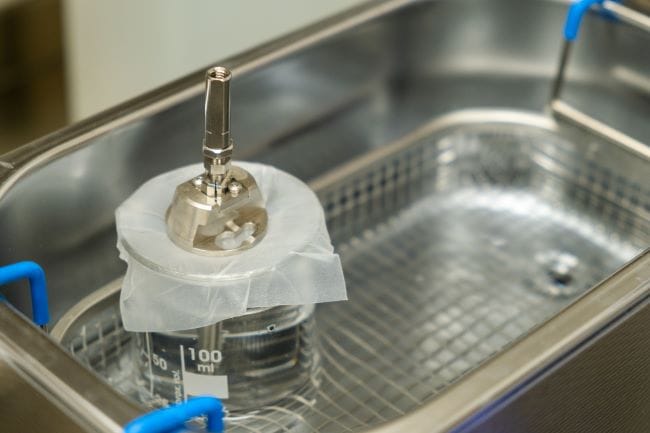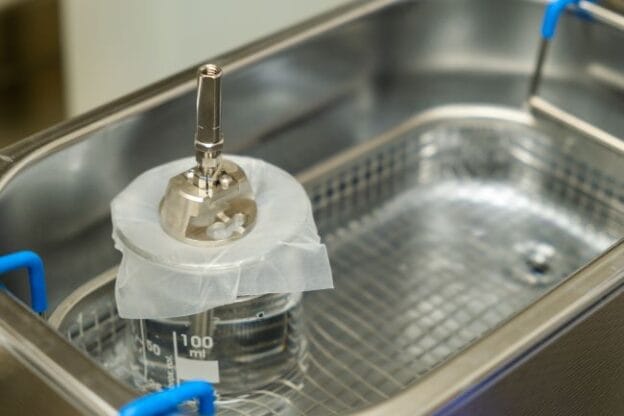By Angela Ritchey
The rising volume of surgical procedures and the increasing complexity of medical instruments pose significant challenges for Sterile Processing (SP) departments. These teams must ensure thorough reprocessing of intricate devices while maintaining operational efficiency. Among the essential yet often underutilized technologies in the decontamination process is the ultrasonic cleaner. This tool is particularly effective for cleaning complex surgical instruments—especially those with lumens, hinges, or delicate components—that are difficult to reach through manual or standard automated methods.
Learning Objectives
- Explain how an ultrasonic functions
- Identify challenges ultrasonic use may address
- Review ultrasonic testing methods
About the Author

Angela Ritchey joined the STERIS team in 2022 as the Clinical Education Specialist for Nebraska, North Dakota, South Dakota, Wyoming, Montana, Iowa, Minnesota, and Wisconsin. Prior to joining STERIS as a clinical education specialist, Angela worked in the Sterile Processing Department for more than 14 years as a Tech, Lead, Associate Manager, and most recently as a Market Manager for eight hospitals in the Midwest. Angela holds a Bachelor of Arts in English from the University of Nebraska-Lincoln and a Master of Arts in English from the University of Nebraska at Omaha. She is certified as a CRCST, CIS, CHL, and GTS and is a member of HSPA, ASQ, SGNA, AORN, and APIC.

Course Content


 Critical Connections: Improving SP and OR Synergy
Critical Connections: Improving SP and OR Synergy  Sterilization Quality Control: Your Path to Protecting Your Patients
Sterilization Quality Control: Your Path to Protecting Your Patients 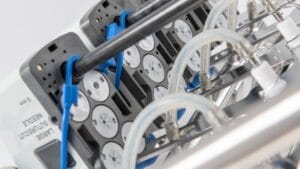 Ensuring Success: Become a Preceptor for Robotic Assisted Surgery Instruments in the Sterile Processing Department
Ensuring Success: Become a Preceptor for Robotic Assisted Surgery Instruments in the Sterile Processing Department  Lost in Translation: Ethical Dilemmas in Medical Manufacturing Instructions
Lost in Translation: Ethical Dilemmas in Medical Manufacturing Instructions  What Sterile Processing Should Know About Multidrug-Resistant Organisms (MDRO)
What Sterile Processing Should Know About Multidrug-Resistant Organisms (MDRO)  Making the Right Choice for Sterile Processing Consumable Stock Outages
Making the Right Choice for Sterile Processing Consumable Stock Outages  UV-C Disinfection Technologies: How it works and what are the current applications for health care settings
UV-C Disinfection Technologies: How it works and what are the current applications for health care settings  The Differences Between Peracetic Acid High-level Disinfectants and Sterilants
The Differences Between Peracetic Acid High-level Disinfectants and Sterilants  The Mystery of Bowie & Dick: Alterations in the Vacuum on Your Sterilizer Throughout the Year
The Mystery of Bowie & Dick: Alterations in the Vacuum on Your Sterilizer Throughout the Year 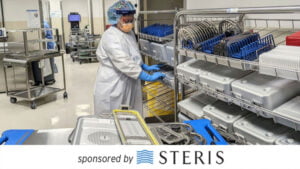 Meeting the Challenges of Endoscope Reprocessing and Documentation
Meeting the Challenges of Endoscope Reprocessing and Documentation  Education Nation: Sterile Processing Quality Management Systems
Education Nation: Sterile Processing Quality Management Systems 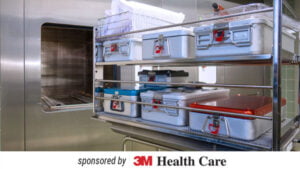 Product testing: The overlooked 4th pillar of a robust sterilization process monitoring program
Product testing: The overlooked 4th pillar of a robust sterilization process monitoring program  Importance of Water Quality for Medical Device Reprocessing
Importance of Water Quality for Medical Device Reprocessing  Mechanical Cleaning Safety: A Tale of Two Sides
Mechanical Cleaning Safety: A Tale of Two Sides 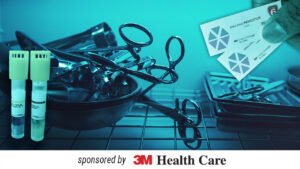 Sterilization Choices for the SPD
Sterilization Choices for the SPD 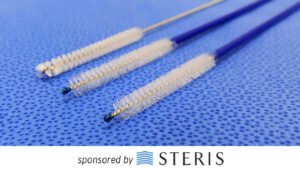 When Is Disposable the Right Choice for SPD?
When Is Disposable the Right Choice for SPD?  Education Nation: Sterile Processing Leadership Planning Sessions
Education Nation: Sterile Processing Leadership Planning Sessions  How Safe Is Your Sink?
How Safe Is Your Sink?  Sterile Processing Education – The balancing act between documentation and application
Sterile Processing Education – The balancing act between documentation and application  Moisture Absorption Devices….No This Is Not a Wet Pack Article
Moisture Absorption Devices….No This Is Not a Wet Pack Article  Positive Biological Indicators
Positive Biological Indicators  Washer disinfector release for use after maintenance
Washer disinfector release for use after maintenance  Beyond the visual: The importance of quality cleaning verification programs
Beyond the visual: The importance of quality cleaning verification programs  Education nation: Creating Sterile Processing Department SOPs
Education nation: Creating Sterile Processing Department SOPs 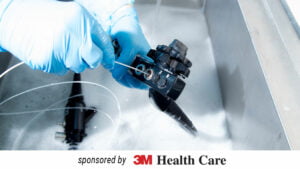 Cross out cross contamination in endoscope processing
Cross out cross contamination in endoscope processing  What’s new in AAMI ST79:2017? A review
What’s new in AAMI ST79:2017? A review  Healthcare soils 101: Identifying and removing them
Healthcare soils 101: Identifying and removing them  Expiration dating in the SPD
Expiration dating in the SPD  The Science of Speed
The Science of Speed  The fantastic four: Sterile processing, operating room, quality and education
The fantastic four: Sterile processing, operating room, quality and education  Ugh! Another wet pack. What’s a technician to do?
Ugh! Another wet pack. What’s a technician to do?  Sterilization quality control: Validation, routine monitoring go hand in hand
Sterilization quality control: Validation, routine monitoring go hand in hand 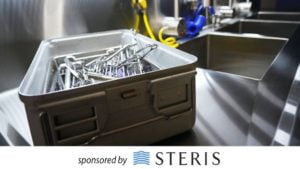 Manual cleaning – The critical human element
Manual cleaning – The critical human element 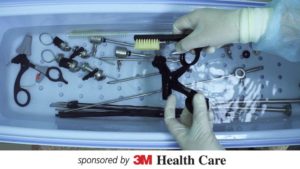 Water for cleaning medical devices
Water for cleaning medical devices  Can you afford to ignore obsolescence?
Can you afford to ignore obsolescence?  Automatic Equipment and Productivity in a Sterile Processing Department
Automatic Equipment and Productivity in a Sterile Processing Department  External Transport of Medical Devices
External Transport of Medical Devices 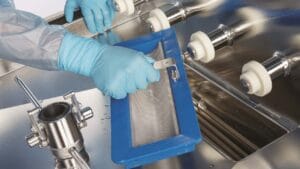 Troubleshooting Washer-Disinfector Performance
Troubleshooting Washer-Disinfector Performance 